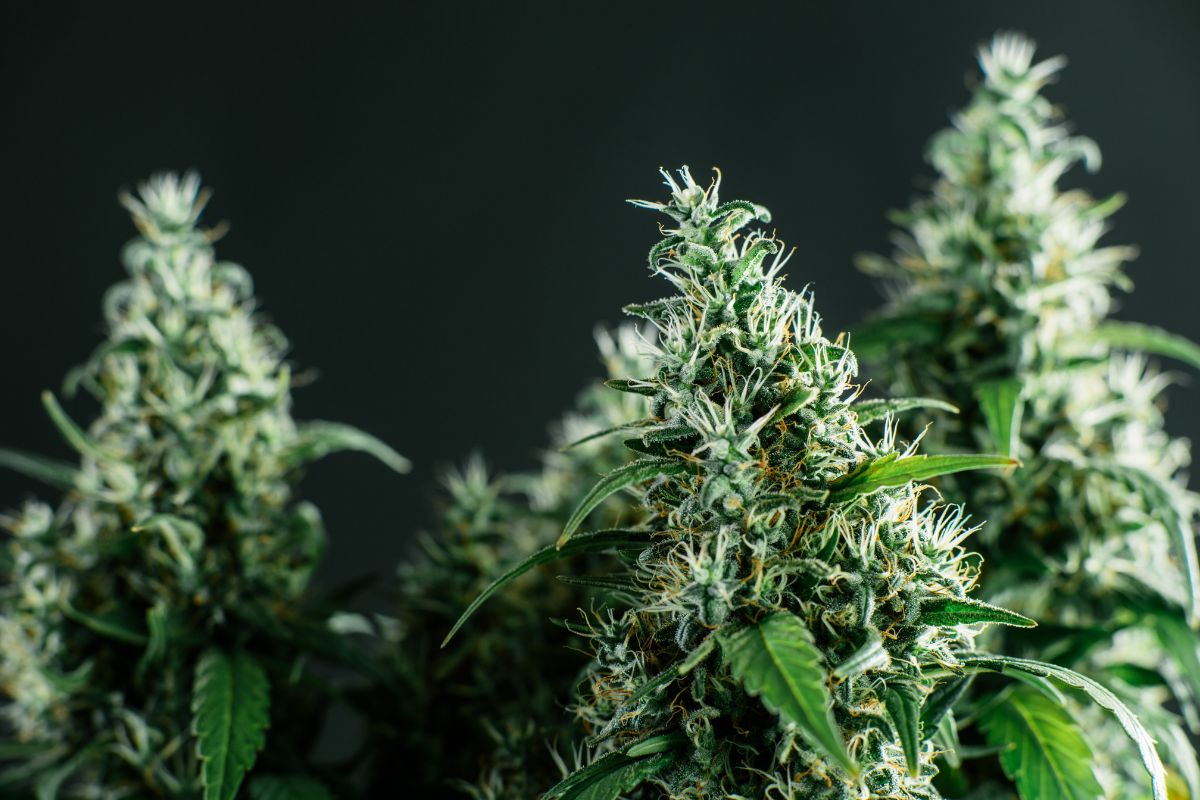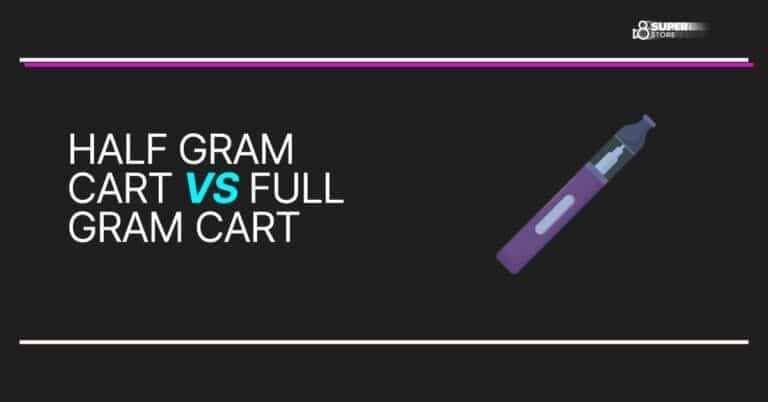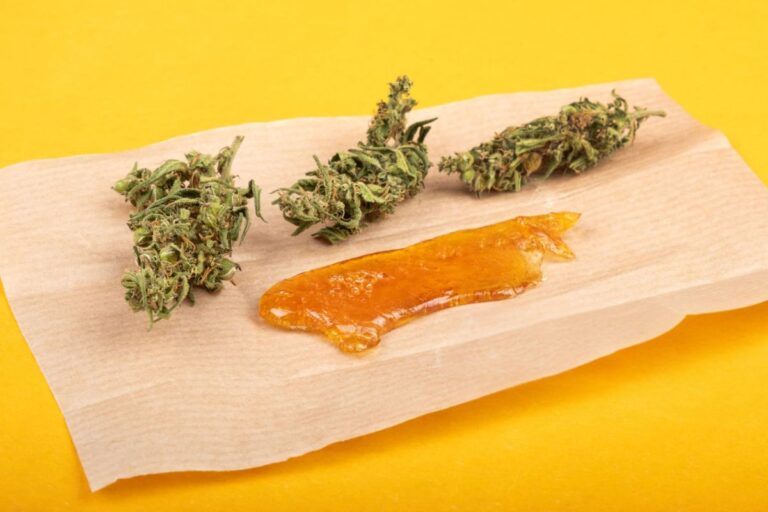Trending Cannabinoids: Discovering the Latest Compounds in Cannabis Science
Jump on the cannabis science express and brace yourself for an adventure dripping with excitement about cannabinoids – the shining heroes in the world of weed. Currently, CBD (cannabidiol), THC (tetrahydrocannabinol), CBG (cannabigerol), and CBN (cannabinol) are grabbing all the headlines, creating a massive stir. CBD acts like a chill pill, soothing without sending you on a loopy journey, and that’s why it’s a big hit for those looking to unwind. On the flip side, THC is the belle of the ball, sprinkling that special zest everyone loves. Hang tight, and you’ll snatch the lowdown on how these incredible little wonders make our lives brighter and better, transforming every reader into a bona fide cannabis intellect. You’ll definitely want to stick around to outsmart everyone on all things weed.
Table of contents
Recent studies have been shedding light on lesser-known cannabinoids like CBG and CBN, expanding our understanding of the plant’s chemical profile and its possible applications. Hemp, a variety of the cannabis plant with high CBD and low THC content, has become increasingly popular due to its legality and versatility. The science of cannabinoids is rapidly advancing, with research delving into how these compounds interact with the human body’s endocannabinoid system, potentially offering a wide range of medical benefits.
Understanding these trending cannabinoids is crucial as their prominence in both medical and recreational markets grows. Whether you’re interested in the wellness potential of CBD, the psychoactive effects of THC, or the emerging science on CBG and CBN, your grasp of these compounds will inform your perspective on contemporary and future cannabis research and products.
Understanding Cannabinoids
Cannabinoids are a class of diverse chemical compounds that act on cannabinoid receptors in cells. These substances, including THC and CBD, have varied effects, notably in the context of their interaction with the human endocannabinoid system.
Types of Cannabinoids
Cannabinoids are primarily known for their presence in cannabis plants and can be categorized into different types, each with unique properties and effects. Phytocannabinoids are naturally occurring in plants, predominantly within the cannabis species. Here are several key phytocannabinoids you might encounter:
- THC (Tetrahydrocannabinol): The principal psychoactive component that provides the “high” sensation.
- CBD (Cannabidiol): Known for its potential therapeutic properties without causing psychoactive effects.
- CBN (Cannabinol): Typically forms as THC degrades and is known to induce sedative effects.
- CBG (Cannabigerol): A non-psychoactive cannabinoid, often considered the “mother of cannabinoids” as other cannabinoids are derived from its acid form.
- CBC (Cannabichromene): Also non-intoxicating and is subject to research for possible medicinal uses.
- THCV (Tetrahydrocannabivarin): Similar to THC but with a shorter psychoactive effect.
These cannabinoids are produced in the plant’s resinous trichomes and have been a subject of significant interest for both their therapeutic and recreational potential.

Cannabinoid Synthesis in Plants
Cannabinoids are synthesized in cannabis plants through a complex process initiated in the glandular trichomes. These trichomes are tiny, hair-like structures on the plant’s surface that produce and hold the resin. The process typically starts with the precursor, CBGA (Cannabigerolic acid), which is the chemical parent to THC and CBD among others. Over time, or through exposure to heat or light, these acids convert into their neutral forms, like THC and CBD.
The synthesis of cannabinoids within the plant is influenced by factors such as genetics, light exposure, temperature, and other environmental conditions. Understanding the synthesis of cannabinoids in plants is crucial for the breeding of cannabis strains with specific cannabinoid profiles, potentially allowing for targeted therapeutic effects.
By comprehending the diverse types of cannabinoids and their plant synthesis, you gain insight into the potential utilities and effects these compounds may offer.
The Legal Landscape
In the rapidly evolving world of cannabinoids, understanding the legal framework that governs the use and distribution of cannabis products is essential for staying compliant and informed.
2018 Farm Bill Overview
The 2018 Farm Bill made a historic impact by differentiating hemp from marijuana, defining hemp as containing less than 0.3% THC by dry weight. This legislation effectively removed hemp-derived cannabinoids from the Controlled Substances Act, allowing for the legal cultivation and sale of hemp at a federal level. However, it’s crucial to understand that while the Farm Bill broadens legalities surrounding hemp, it does not legalize all cannabis products—particularly those derived from marijuana.
Regulation of Cannabis Products
When it comes to cannabis products, regulation falls into a complex web, with each state having the power to impose its laws. For instance, dispensaries in states with legal cannabis markets must adhere to strict labeling and testing requirements intended to ensure consumer safety. As of now, products containing delta-9 THC remain federally illegal, but there is considerable variation in how states regulate cannabinoids such as CBD and newer derivatives. Always check your state’s specific regulations to ensure that you’re compliant with local laws regarding cannabis products.
Cannabinoids and Health

Cannabinoids have captured your attention due to their therapeutic potential, particularly in treating conditions like pain, anxiety, depression, and epilepsy. Your understanding of the medical benefits of cannabinoids is shaped by ongoing research and clinical evidence.
Medical Cannabis Research
You’re aware that medical cannabis contains a range of cannabinoids, with THC and CBD being the most well-known. THC, the main psychoactive component, and CBD, known for its anti-inflammatory and non-psychoactive properties, have been the focus of research looking to uncover their therapeutic benefits. Researchers are examining how cannabinoids interact with your body’s endocannabinoid system, which is believed to play a key role in managing pain and regulating mood, appetite, and sleep.
Notable Findings:
- Cannabinoids show potential in reducing inflammation and managing chronic pain.
- Some studies have found cannabinoids effective in improving sleep quality and reducing seizures in epilepsy patients.
- Research on cannabis and cannabinoids has also explored their effects on symptoms of cancer, such as nausea and loss of appetite.
Clinical Trials and Evidence
Clinical trials are critical in validating the health benefits of cannabinoids. These trials provide you with evidence-based information regarding the efficacy and safety of treating various health issues with cannabinoids. You’ve seen clinical trials demonstrating the potential of cannabinoids to alleviate symptoms related to anxiety and depression. In certain cases, cannabinoids may serve as an adjunct therapy, complementing traditional treatment approaches for conditions such as cancer and epilepsy.
Key Insights from Clinical Trials:
- Trials involving patients with treatment-resistant epilepsy have shown that CBD can significantly reduce seizure frequency.
- Controlled studies indicate an anxiolytic effect of CBD, helping to manage anxiety in certain groups.
- Evidence on the impact of cannabinoids on cancer-related symptoms and as a direct anti-cancer agent remains complex and requires further investigation.
Note: The links provided within the text lead to detailed studies and papers describing the intricate relationship between cannabinoids and health.
From Plant to Product
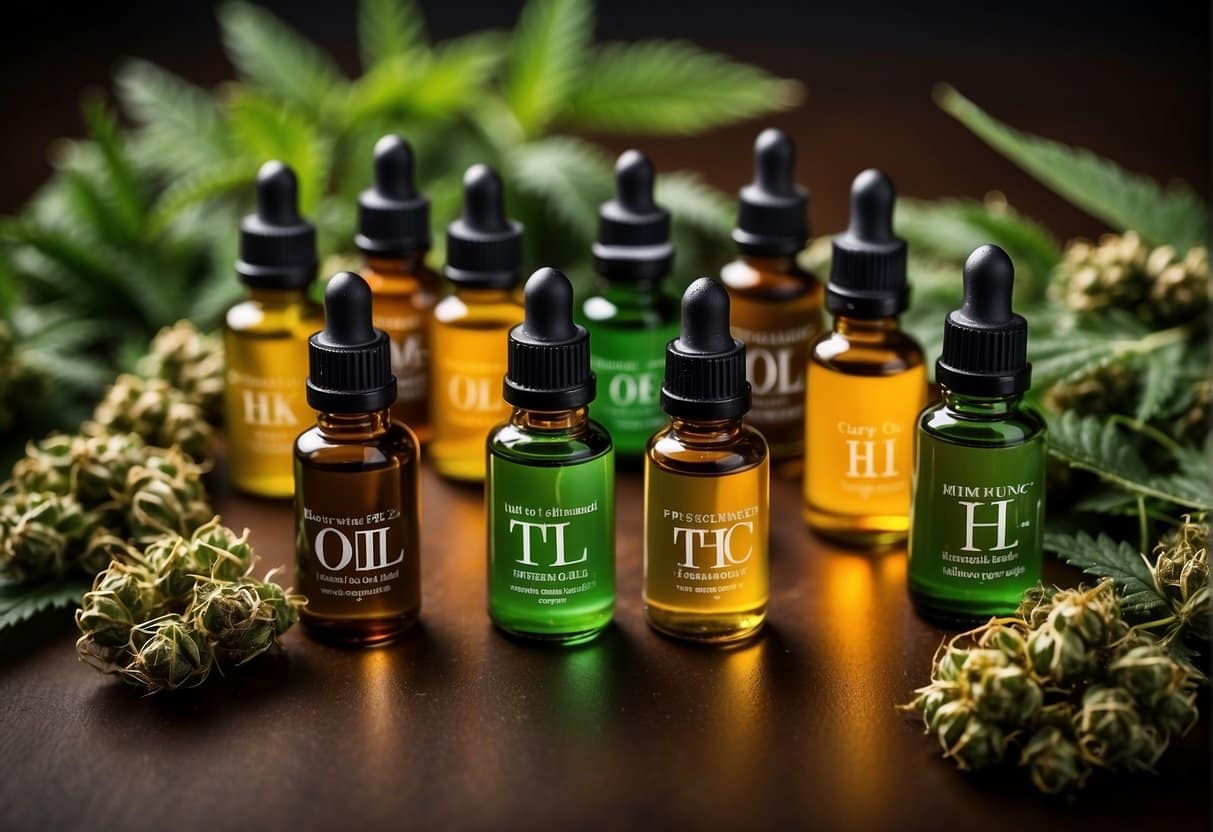
In your journey from raw hemp to consumer-ready products, understanding the extraction process and the rigorous quality and safety standards is essential. These steps ensure that the final product has the desired potency and purity, with safety as a priority.
Extraction Methods and Techniques
The extraction of cannabinoids from hemp plants is a critical step in producing a wide array of non-psychoactive products. You might already know that there are several methods to extract these compounds. CO2 extraction is renowned for its safety and effectiveness, resulting in a pure and potent distillate. Ethanol extraction is another common technique, valued for its efficiency, especially when producing CBD products on a large scale. With hydrocarbon extraction, you can capture delicate terpenes along with cannabinoids, but it requires careful handling due to the flammability of the solvents involved.
For products containing delta-8-tetrahydrocannabinol, a specific refinement process is applied to standard extracts. This conversion technique involves altering the molecular structure of CBD into delta-8-THC, through a careful chemical reaction.
Quality Control and Safety
Quality control and safety are paramount in the production of cannabinoid-infused products. Your safety as a consumer is the top concern, prompting manufacturers to implement comprehensive testing protocols.
- Purity: ensures that the final product is free of solvents, pesticides, and other contaminants.
- Potency: verifies that the product contains the advertised amount of cannabinoids.
- Consistency: checks to ensure that each batch of product maintains the same quality standards.
Manufacturers must adhere to strict guidelines, often set by authorized regulatory bodies, to confirm that their products are safe for consumption. Remember that the presence of a Certificate of Analysis (COA) is a sign of a product’s compliance with these rigorous standards, giving you the confidence and peace of mind you deserve.
Cannabinoid Effects and Uses

Cannabinoids have a wide range of effects and uses, engaging with your body’s cannabinoid receptors to influence mood and physical sensations. Whether you are looking for therapeutic benefits or to understand their recreational appeal, it is essential to know how cannabinoids interact with the CB1 and CB2 receptors within your body.
Therapeutic Benefits
Cannabinoids like THC are recognized for their potential in relieving pain and reducing nausea, making them beneficial for certain medical conditions. Here are key points about their therapeutic uses:
- Pain Relief: THC active compounds may bind to CB1 receptors in your brain and nervous system, potentially easing your discomfort.
- Nausea Control: Particularly for individuals undergoing chemotherapy, cannabinoids have been suggested in research, such as “Cannabinoids for medical uses,” to help reduce nausea.
- Sedative Effects: Some cannabinoids can have a sedative impact, which may help manage sleep disorders and alleviate fatigue.
Recreational Use and High
Cannabinoids are often consumed recreationally for their psychoactive effects that can alter your mood:
- Psychoactive High: When THC engages with CB1 receptors, it may produce a euphoric high, altering your perception and mood.
- Anxiety Reduction: In some users, cannabinoids can lead to a reduction of anxiety, contributing to their recreational appeal as per the assertions made in sources like “Cannabis, cannabinoids, and health.”
- Mood Enhancement: The interaction of cannabinoids with brain receptors might improve your mood, providing a sense of well-being and relaxation.
Biological Interactions
Understanding the interactions of cannabinoids within your body hinges on comprehending the role and mechanism of the endocannabinoid system. This system influences a variety of physiological processes, including mood regulation, pain sensation, and maintaining homeostasis.
The Endocannabinoid System
Your body’s endocannabinoid system (ECS) is a complex cell-signaling system identified in the early 1990s by researchers exploring THC, a well-known cannabinoid. The ECS is involved in regulating a range of functions and processes, including sleep, mood, appetite, memory, reproduction, and fertility. The primary components of the ECS include endocannabinoids, receptors, and enzymes. Endocannabinoids are molecules similar to cannabinoids, but your body produces them. They ensure the internal functions run smoothly. Your body produces them as needed, making it difficult to pinpoint a typical level for each.
- CB1 receptors are predominantly present in the brain and nervous system, as well as in peripheral organs and tissues.
- CB2 receptors are mostly found in peripheral organs, especially cells associated with the immune system.
Cannabinoid Receptors and Effects
Upon entering your body, cannabinoids interact with your ECS by binding to receptors, much like a key fits into a lock. CB1 receptors, found mainly in the central nervous system, influence neurotransmitter release and may affect your mood, pain perception, appetite, and other functions. CB2 receptors, found outside of the nervous system, have a role in reducing inflammation and could be involved in the immune system.
The activation of CB1 and CB2 receptors by cannabinoids, such as THC, can lead to an array of effects:
- CB1 Receptor Activation:
- May lead to psychoactive effects due to its presence in the brain.
- Can modulate dopamine levels, which influence the reward and pleasure centers of the brain.
- CB2 Receptor Activation:
- Does not result in psychoactive effects.
- Often associated with anti-inflammatory and immunomodulatory effects.
Both types of receptors work together to maintain your body’s homeostasis, or balance. Research has also shown that cannabinoids undergo oxidation reactions, potentially impacting their effects on the body. The ECS’s interaction with cannabinoids demonstrates the system’s broad yet nuanced influence on health and wellbeing.
Emerging Cannabinoids
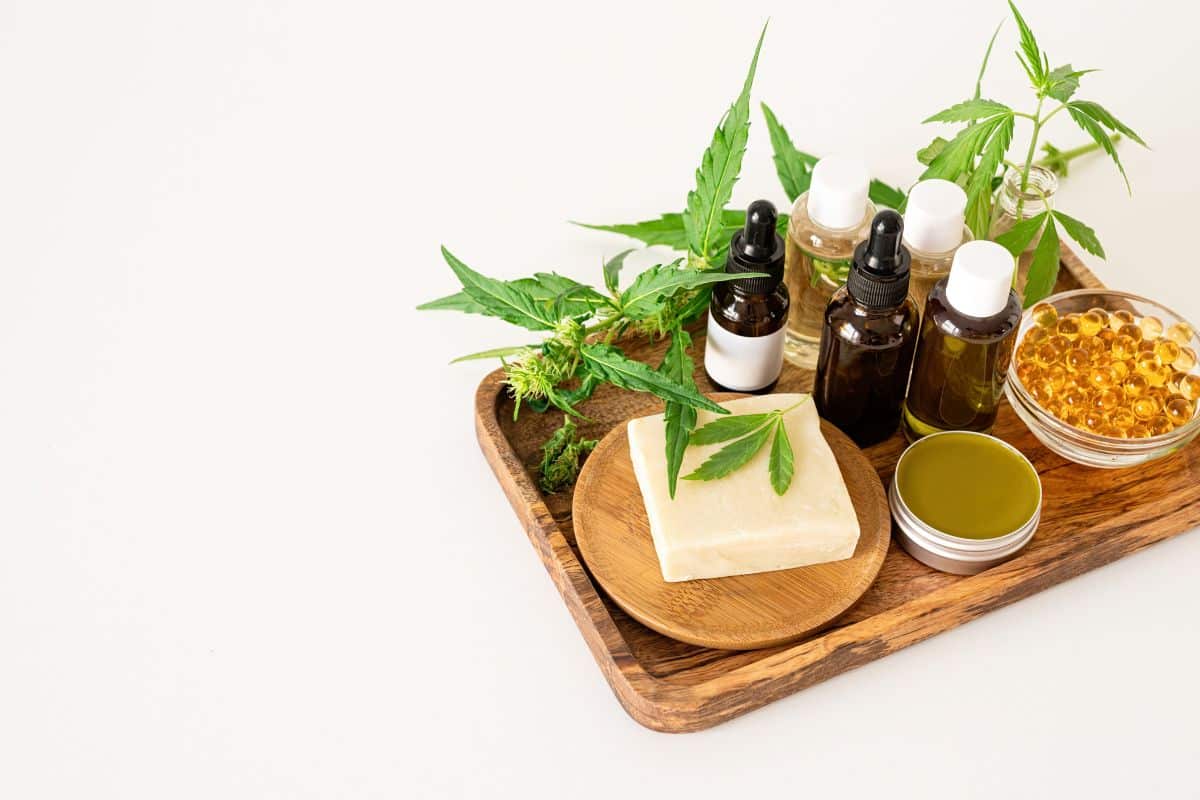
Recent scientific advancements have ushered in a wave of new cannabinoid discoveries, with particular interest in their therapeutic potentials. As you delve into the world of cannabinoids, you’ll find that these compounds are more than just recreational; they have significant implications for healthcare and medicine.
Novel Cannoid Discoveries
Cannabigerol (CBG): Often referred to as the ‘mother of all cannabinoids,’ CBG is poised to take center stage with its non-psychoactive profile and promising health benefits. Researchers are studying its potential as an antibiotic and anticovulsant. Initial findings suggest that it may help in treating a myriad of conditions, paving the way for new therapeutic applications.
Cannabinol (CBN): While less known than CBD or THC, CBN is coming into its own. Studies indicate that CBN could have sedative effects, potentially making it beneficial for those struggling with sleep.
Tetrahydrocannabivarin (THCa) and hexahydrocannabinol (HHC) are also part of the new wave of cannabinoids under investigation, with early research suggesting a range of therapeutic properties.
Research Frontiers
Scientific research on cannabinoids is breaking new ground. Innovations in this domain are not limited to understanding how cannabinoids work; they’re also about tailoring them to specific medical needs.
Scientific Research: From the study of synthetic cannabinoids to the exploration of the endocannabinoid system, scientists are diligently working to unlock the potential of these compounds. Each cannabinoid has a unique interaction with the body, and understanding these effects is key to developing new treatments.
Researchers in the field are exploring how cannabinoids like CBG and CBN can be used in new pharmaceuticals to harness their therapeutic properties without the psychoactive effects associated with THC.
By keeping abreast of new discoveries and the latest in scientific research, you’ll find that the world of cannabinoids is dynamic and holds promise for new therapeutic avenues that could revolutionize how a range of diseases and conditions are treated.
Consumer Awareness and Education

As you navigate the evolving landscape of cannabinoids, being informed about the products you’re considering is crucial. Awareness and education go hand-in-hand in ensuring that consumers make safe and sensible choices when it comes to cannabis and its derivatives.
Labeling is a key factor that aids in informing consumers about the contents and potential psychoactive effects of cannabinoid products. Detailed labeling includes the type and amount of cannabinoids, which helps you understand the potency and anticipate the effects. Emphasis on safety is paramount, and clear labels are part of this initiative.
When it comes to regulation, the legal landscape can seem daunting, but staying informed on regulation means that you’re more likely to purchase quality-controlled products. The responsibility of quality control falls on manufacturers, but as a consumer, understanding the importance of third-party testing and certification can guide you to safer choices.
Consider the following points to enhance your knowledge:
- Educate Yourself:
- Read labels thoroughly before purchase.
- Look for third-party lab test results.
- Stay Informed:
- Keep up with changes in local and federal regulations.
- Familiarize yourself with the nuances of different cannabinoids.
- Prioritize Safety:
- Be cautious of products that make bold claims without evidence.
- Acknowledge the lack of extensive research in certain areas of cannabinoid use.
In summary, being a well-informed consumer protects your well-being and ensures that your engagement with cannabis products is based on knowledge rather than conjecture.
Frequently Asked Questions
Navigating the complexities of cannabinoids can often lead to questions about their medical applications, effects on cognitive functions, and market trends. Here, you’ll find concise answers to some of the most pressing inquiries.
What are the various therapeutic applications of cannabinoids in modern medicine?
Cannabinoids have multiple therapeutic applications, including pain relief, anti-inflammatory effects, and assistance with neurological disorders. Clinical studies suggest natural cannabinoid compounds like CBD may alleviate symptoms of various conditions.
Which cannabinoids are known to have the most significant impact on cognitive functions?
THC is the cannabinoid most commonly associated with altering cognitive functions, leading to changes in mood, perception, and behavior. However, its impact varies among individuals and can depend on the dosage and the presence of other cannabinoids.
Can you provide a breakdown of the chemical structures common to cannabinoids?
Most cannabinoids share a similar chemical structure with variations in their side chains that influence their effects. These structures typically feature a C21 carbon framework, with THC and CBD differing mainly at the C9 position and the presence of a cyclic ring.
What are the leading cannabinoids that are currently dominating market trends?
CBD and THC continue to dominate the cannabinoid market, with CBD being highly sought-after for its medical benefits without psychoactive effects. However, minor cannabinoids like CBG and CBN are also gaining popularity for their unique benefits.
Could you elaborate on the connection between the molecular composition of cannabinoids and their physiological effects?
The molecular structure of cannabinoids determines how they interact with the body’s endocannabinoid system, with specific bonding to CB1 and CB2 receptors affecting neurological pathways and thus influencing physiological responses.
What emerging cannabinoid is gaining attention for its potency and potential benefits?
THCP, a newly discovered cannabinoid, is gaining attention due to its purported higher potency and stronger binding affinity for cannabinoid receptors, which might indicate significant therapeutic potential.



